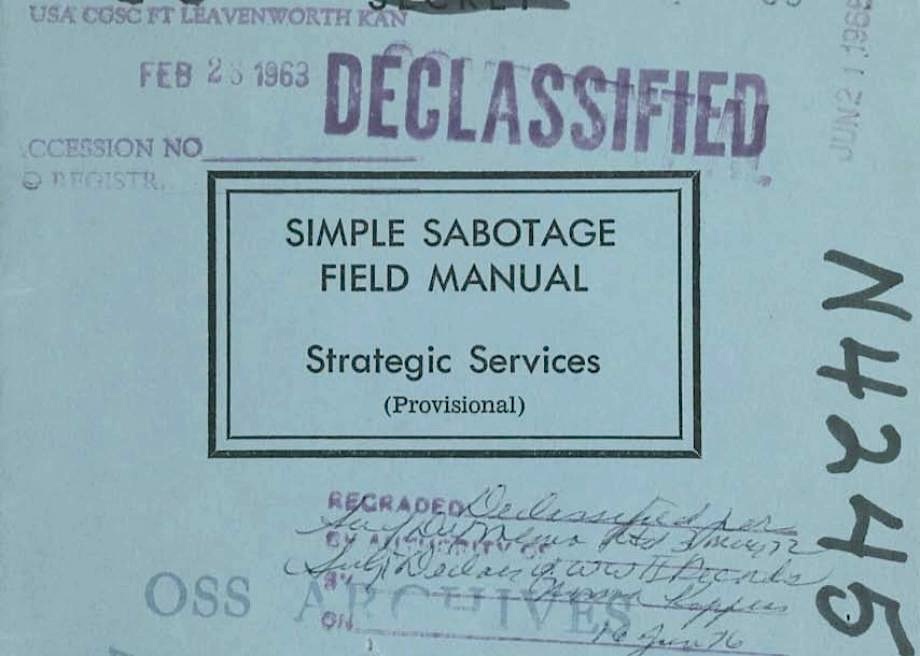If you happen to visit the Cinémathèque Française in Paris, do take the time to see the Musée Méliès located inside it. Dedicated to la Magie du cinéma, it contains artifacts from throughout the history of film-as-spectacle, which includes such pictures as 2001: A Space Odyssey and Blade Runner. Its focus on the evolution of visual effects guarantees a certain prominence to science fiction, which, as a genre of “the seventh art,” has its origins in France: specifically, in the work of the museum’s namesake Georges Méliès, whose A Trip to the Moon (Le voyage dans la lune) from 1902 we now recognize as the very first sci-fi movie.
Everyone has seen at least one image from A Trip to the Moon: that of the landing capsule crashed into the irritated man-on-the-moon’s eye. But if you watch the film at its full length — which, in the version above, runs about fifteen minutes — you can better understand its importance to the development of cinema.
For Méliès didn’t pioneer just a genre, but also a range of techniques that expanded the visual vocabulary of his medium. Take the approach to the moon (played by the director himself) immediately before the landing, a kind of shot never before seen in those days of practically immobile movie cameras — and one that necessitated real technical inventiveness to pull off.
What someone watching A Trip to the Moon in the twenty-first century will first notice, of course, is less the ways in which it feels familiar than the ways in which it doesn’t. In an era when theater was still the dominant form of entertainment, Méliès adhered to theatrical forms of staging: he uses few cuts, and practically no variety in the camera angles. It would hardly seem worth noting that a film from 1902 is silent and in black-and-white, but what few know is that colorized prints — laboriously hand-painted, frame by frame, on an assembly line — existed even at the time of its original release; one such restored version appears just above.
In truth, Méliès opened up much deeper possibilities for cinema than most of us acknowledge. As pointed out in the A Matter of Film video above, the motion pictures made before this amounted to exhibits of daily life: impressive as technological demonstrations (and, so the legend goes, harrowing for the viewers of 1896, who feared a train approaching onscreen would run them over), but nothing as narratives. Like Méliès’ other work, A Trip to the Moon proved that a movie could tell a story. It also proved something more central to the medium’s power: that it could tell that story in such a way that its images linger more than 120 years later, even when the details of what happens have long since lost their interest.
Related content:
The Art of Creating Special Effects in Silent Movies: Ingenuity Before the Age of CGI
The First Horror Film, Georges Méliès’ The Haunted Castle (1896)
101 Free Silent Films: The Great Classics
Based in Seoul, Colin Marshall writes and broadcasts on cities, language, and culture. His projects include the Substack newsletter Books on Cities and the book The Stateless City: a Walk through 21st-Century Los Angeles. Follow him on Twitter at @colinmarshall.






















